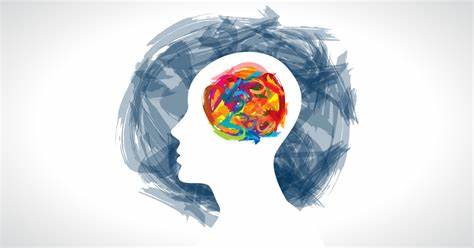
Certificate in Dry Needling

Description
Dry needling is a technique physical therapists use (where allowed by state law) for the treatment of pain and movement impairments. The technique uses a "dry" needle, one without medication or injection, inserted through the skin into areas of the muscle.
Other terms commonly used to describe dry needling, include trigger point dry needling, and intramuscular manual therapy.
Dry needling is not acupuncture, a practice based on traditional Chinese medicine and performed by acupuncturists. Dry needling is a part of modern Western medicine principles and supported by research
Why Dry Needling?
In cases when physical therapists use dry needling, it is typically 1 technique that's part of a larger treatment plan.
Physical therapists use dry needling to release or inactivate trigger points to relieve pain or improve range of motion. Preliminary research 2 supports that dry needling improves pain control, reduces muscle tension, and normalizes dysfunctions of the motor end plates, the sites at which nerve impulses are transmitted to muscles. This can help speed up the patient's return to active rehabilitation.
As part of their entry-level education, physical therapists are well educated in anatomy and therapeutic treatment of the body. Physical therapists who perform dry needling supplement that knowledge by obtaining specific postgraduate education and training. When contacting a physical therapist for dry needling treatment, be sure to ask about their particular experience and education.
Other terms commonly used to describe dry needling, include trigger point dry needling, and intramuscular manual therapy.
Dry needling is not acupuncture, a practice based on traditional Chinese medicine and performed by acupuncturists. Dry needling is a part of modern Western medicine principles and supported by research
Why Dry Needling?
In cases when physical therapists use dry needling, it is typically 1 technique that's part of a larger treatment plan.
Physical therapists use dry needling to release or inactivate trigger points to relieve pain or improve range of motion. Preliminary research 2 supports that dry needling improves pain control, reduces muscle tension, and normalizes dysfunctions of the motor end plates, the sites at which nerve impulses are transmitted to muscles. This can help speed up the patient's return to active rehabilitation.
As part of their entry-level education, physical therapists are well educated in anatomy and therapeutic treatment of the body. Physical therapists who perform dry needling supplement that knowledge by obtaining specific postgraduate education and training. When contacting a physical therapist for dry needling treatment, be sure to ask about their particular experience and education.
Product rating
Customer Reviews
There have been no reviews for this product.
Add your review here



![CERTIFICATE IN ORTHOPEADIC MANUAL-THERAPY [COMT] CERTIFICATE IN ORTHOPEADIC MANUAL-THERAPY [COMT]](http://www.ccdr.co.in/images/T/manual-therapy-150.jpg)















